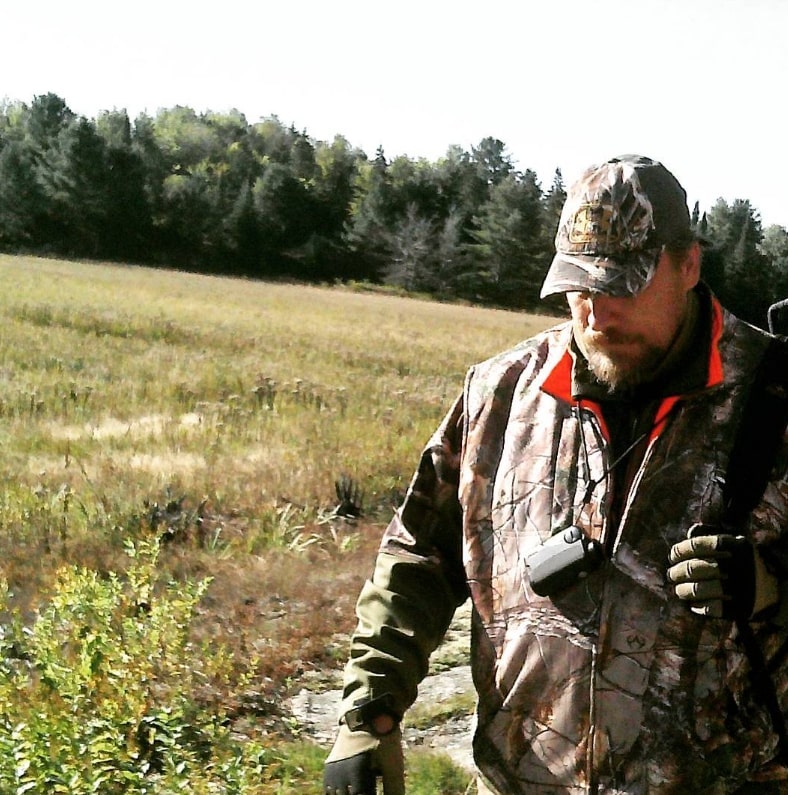Discover the Richness of Canadian Wild and Foraged Foods


Canada’s vast landscapes are home to an abundance of wild and foraged foods that have nourished Indigenous communities for generations and are now captivating chefs and food enthusiasts worldwide. Embracing these natural treasures not only connects us to the land but also promotes sustainable eating practices.

The Significance of Foraged Wild Foods in Canadian Cuisine
Foraged foods are integral to Canada’s culinary heritage. Indigenous communities have long relied on wild berries, mushrooms, and plants for sustenance, medicine, and cultural practices. Today, there’s a resurgence in foraging wild foods, driven by a desire for sustainable, locally-sourced ingredients that offer unique flavors and health benefits.
Exploring Canada’s Wild Edibles
Berries
- Saskatoon Berries: Sweet and nutty, these berries are rich in antioxidants and commonly used in pies and jams.
- Cloudberries: Found in northern regions, they have a tart flavor and are often made into preserves.
- Chokecherries: With astringent properties, they’re traditionally used in syrups and jellies.
Mushrooms
- Chanterelles: Known for their delicate flavor, they pair well with creamy dishes.
- Morels: Highly prized for their earthy taste, often sautéed or added to sauces.
- Lobster Mushrooms: With a seafood-like flavor, they add depth to various recipes.
Greens and Vegetables
- Fiddleheads: Young fern shoots with a taste reminiscent of asparagus, typically steamed or sautéed.
- Wild Leeks (Ramps): Garlic-onion flavored greens, excellent in pestos and soups.
- Spruce Tips: Citrusy and resinous, used in syrups and teas.
Nuts and Seeds
- Black Walnuts: Robust flavor, used in baking and confections.
- Heartnuts: Mild and sweet, ideal for snacking or adding to salads.

Sustainable Foraging Practices
Responsible foraging ensures the preservation of ecosystems:
- Harvest Legally: Always seek permission when foraging wild foods on private or protected lands.
- Take Only What You Need: Avoid overharvesting to allow plant populations to thrive.
- Leave No Trace: Minimize impact by treading lightly and not disturbing habitats.
Incorporating Wild Foods into Your Diet
Embracing wild foods can elevate your culinary experiences:
- Teas and Infusions: Labrador tea and spruce tip infusions offer unique flavors and health benefits.
- Preserves: Wild berry jams and jellies capture the essence of Canadian forests.
- Seasonings: Dried herbs like sweet gale and juniper berries add depth to dishes.
Where to Find Canadian Wild Foods
While foraging wild foods is rewarding, not everyone has access to wild areas. Fortunately, several Canadian companies specialize in sourcing and providing these wild foods:
- Specialty Stores: Many health food stores and farmers’ markets carry foraged products.
- Online Retailers: Numerous websites offer a range of wild foods, from dried mushrooms to berry preserves.
Canadian wild and foraged foods offer a unique opportunity to connect with nature, support sustainable practices, and enrich your culinary repertoire. By understanding and appreciating these natural ingredients, we honor the traditions of Indigenous communities and contribute to a more sustainable food system.
- 28
- 1185



